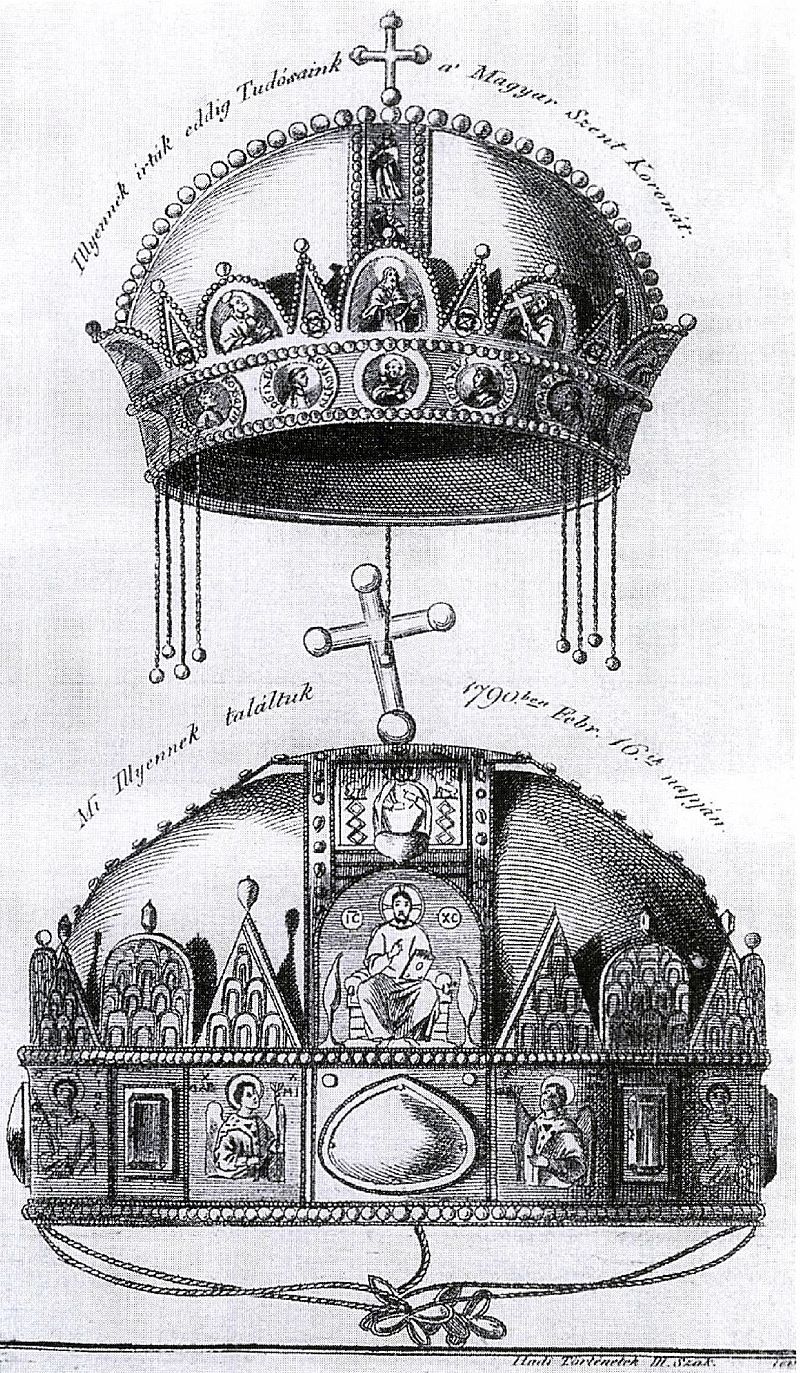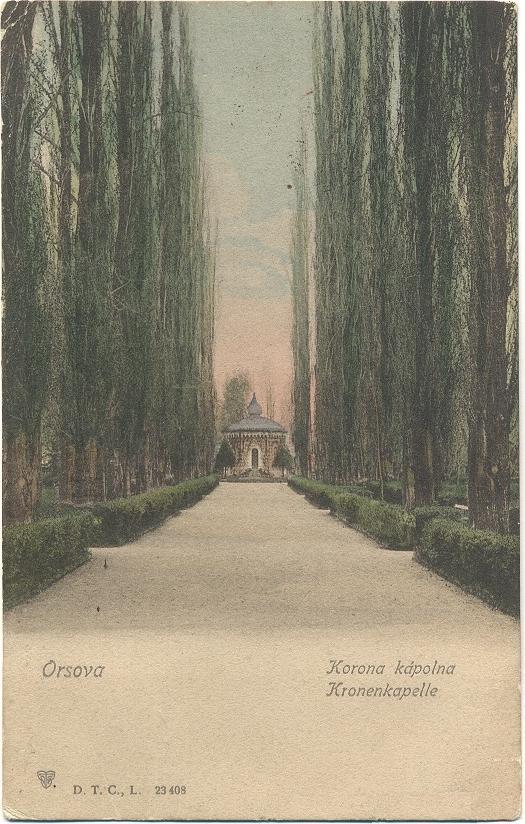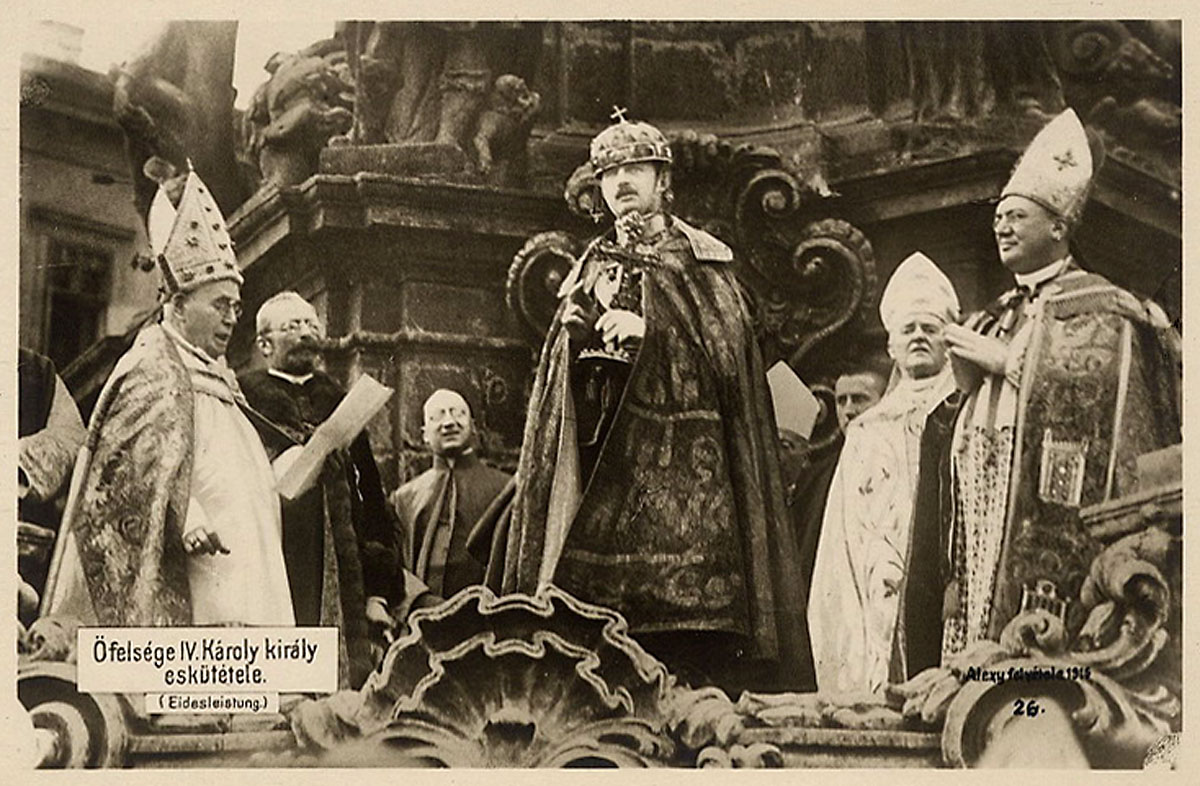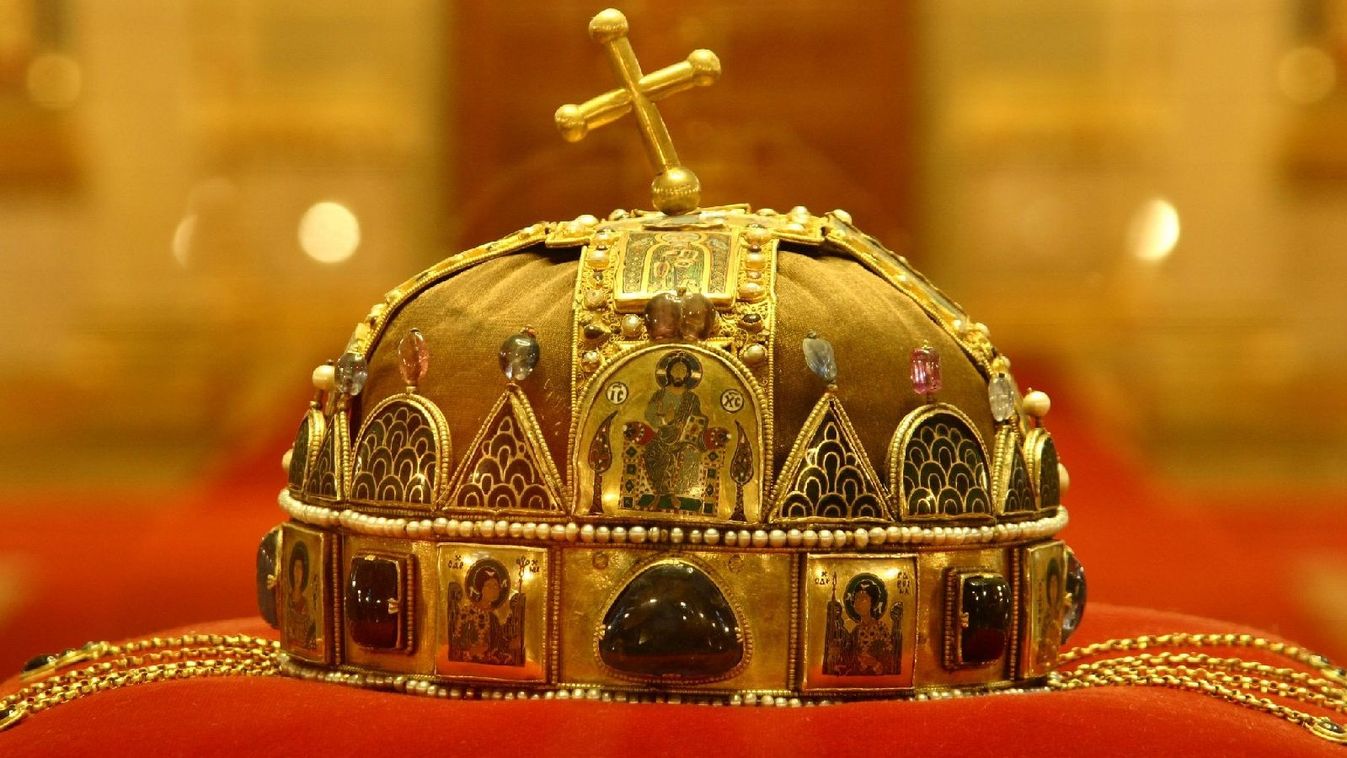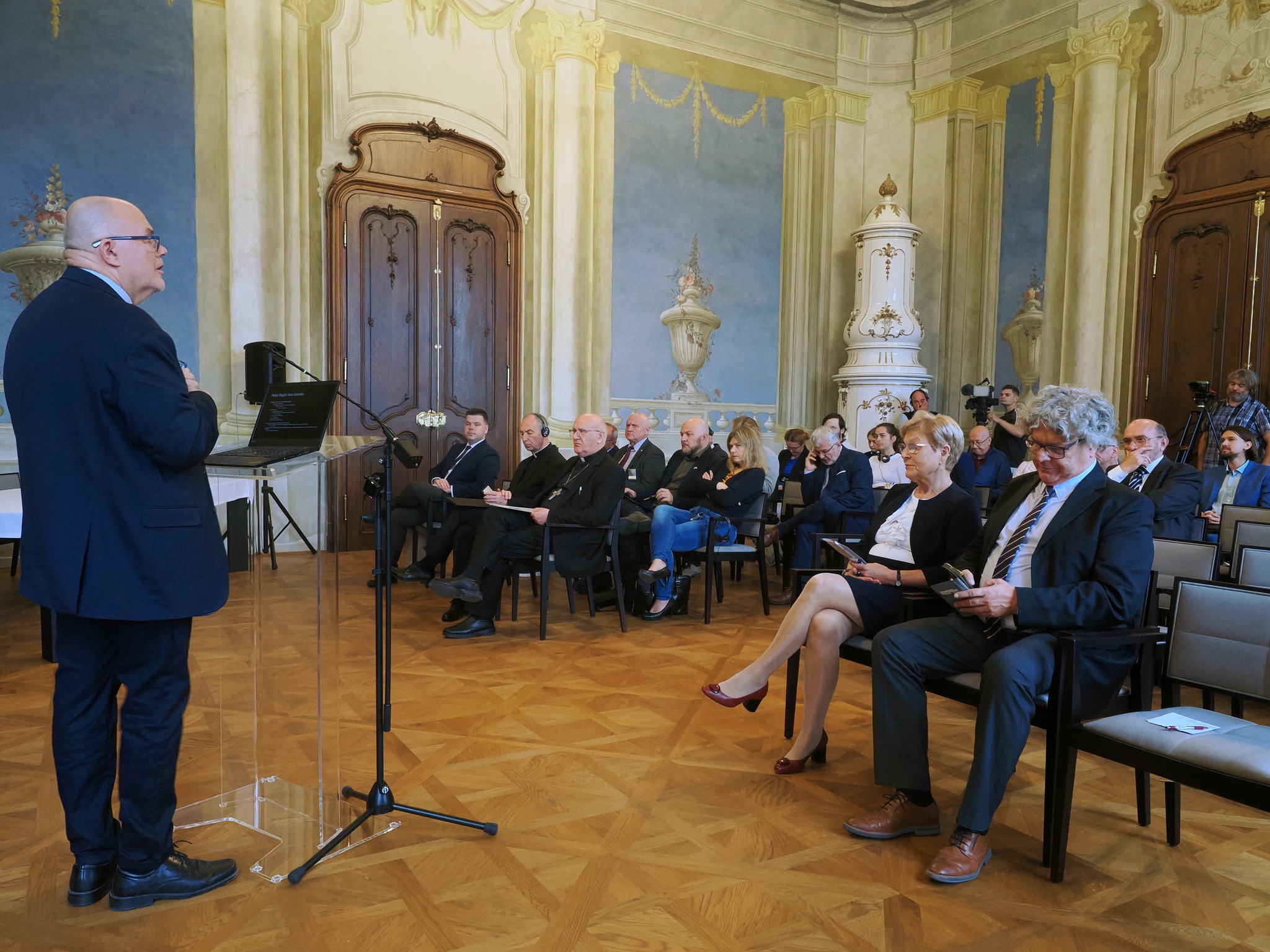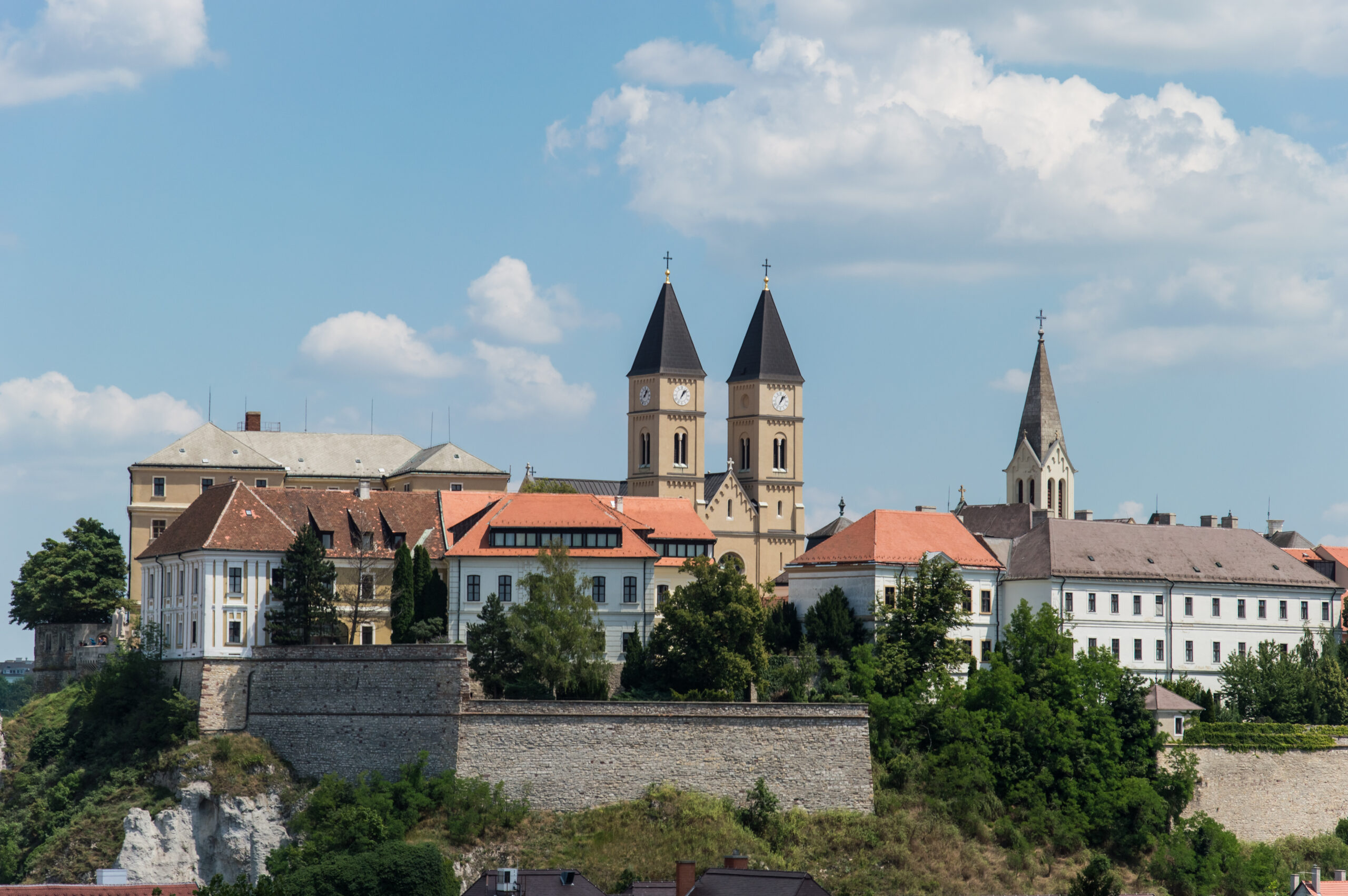Legend of the Holy Crown (Budapest, Parliament)
Fact of the Hungarian figure „St. Stephen and others – First christian saints in Hungarian Kingdom”
Part of the „The patrons and guardians of the land” topic
The Holy Crown of Hungary’s not merely a symbol of royal authority but the very source of legitimacy for the Hungarian kings. According to legend, this sacred relic was sent to St. Stephen by Pope Sylvester II around 1000 AD, following an angelic vision.
The legend, as recounted by Bishop Hartvik, aimed to emphasize the „apostolic legation” of St. Stephen during a time of church-political debates, highlighting the crown’s religious significance. However, historical evidence suggests that the crown itself, known today as the Holy Crown, is a composite of two parts. The lower diadem, or Greek crown, was likely a gift from Byzantine Emperor Michael VII Doukas in the 1070s, while the upper, cross-shaped band, or Latin crown, was probably a queen’s crown, perhaps given to the wife of King Géza I. These two parts were most likely combined during the reign of Béla III in the late 12th century.
As the Holy Crown became more closely associated with St. Stephen, it grew in symbolic importance, ultimately representing the Kingdom of Hungary itself by the end of the Middle Ages. The crown was not merely a royal accessory but a sacred object believed to possess mystical powers and was essential for the coronation of legitimate Hungarian rulers. To be accepted as a legitimate Hungarian monarch, the king had to be crowned with the Holy Crown in Székesfehérvár and by the archbishop of Esztergom.
It is housed in the Hungarian Parliament in Budapest, where it continues to serve as a powerful symbol of Hungary’s Christian heritage and the enduring legacy of St. Stephen.
